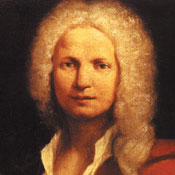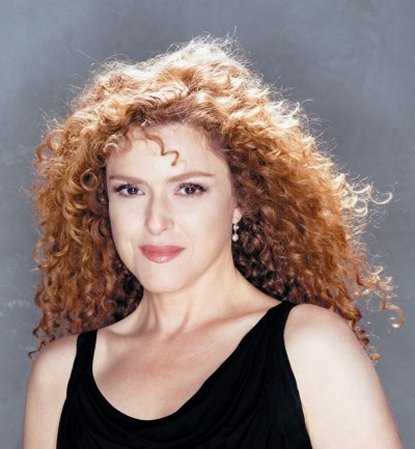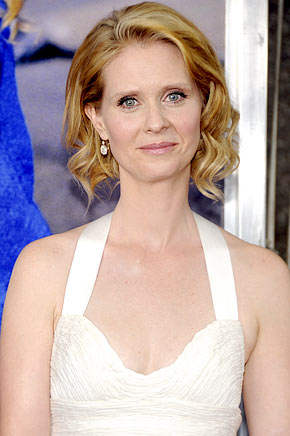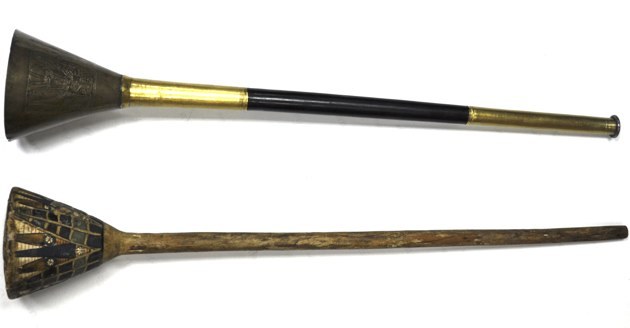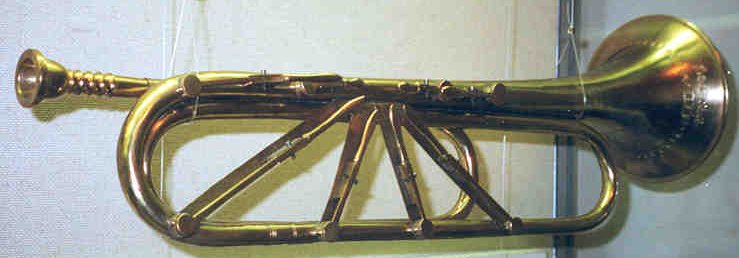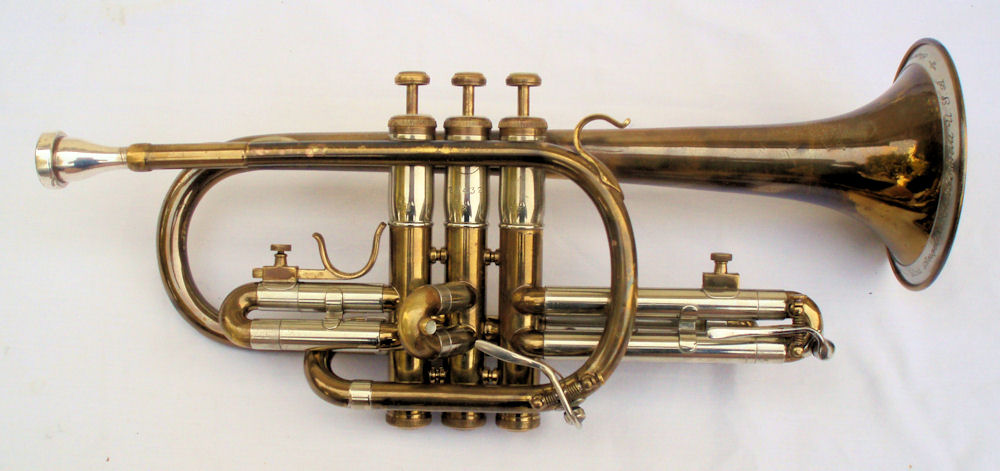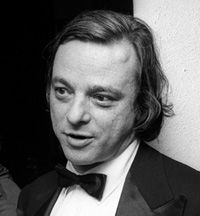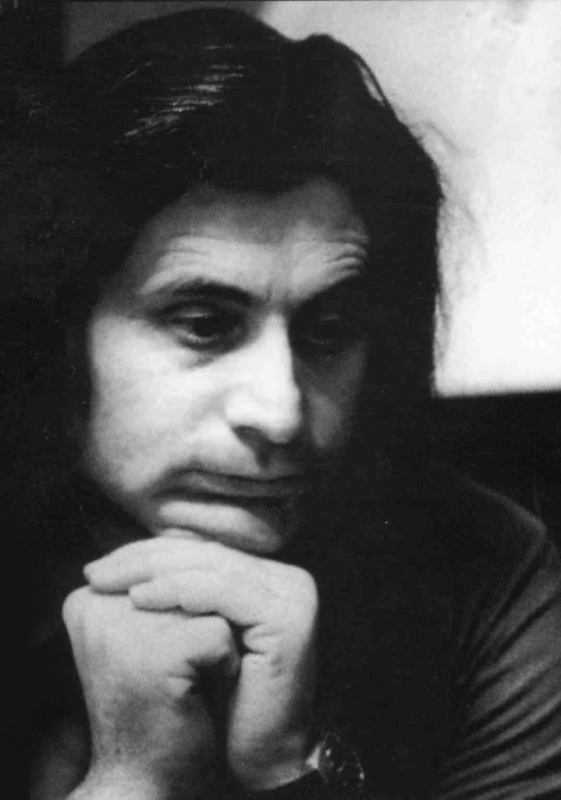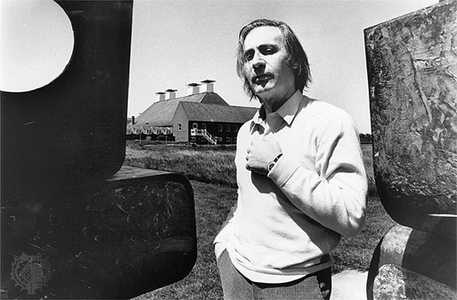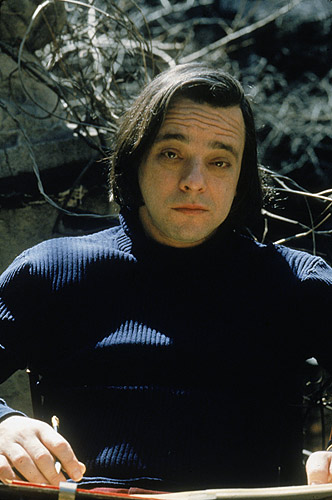Last week was a deusy – I was in Montreal Monday night through Wednesday morning for a Conducting Competition. A conducting competition is this thing where you fly to a semi-foreign country, walk around said country for 8 hours, show up at a pre-determined location in said country at 5:00 pm, wave your arms in front of 2 pianists for 5 minutes, thankfully run into an old friend, and go out together for a great dinner afterwards. That’s what a conducting competition is.
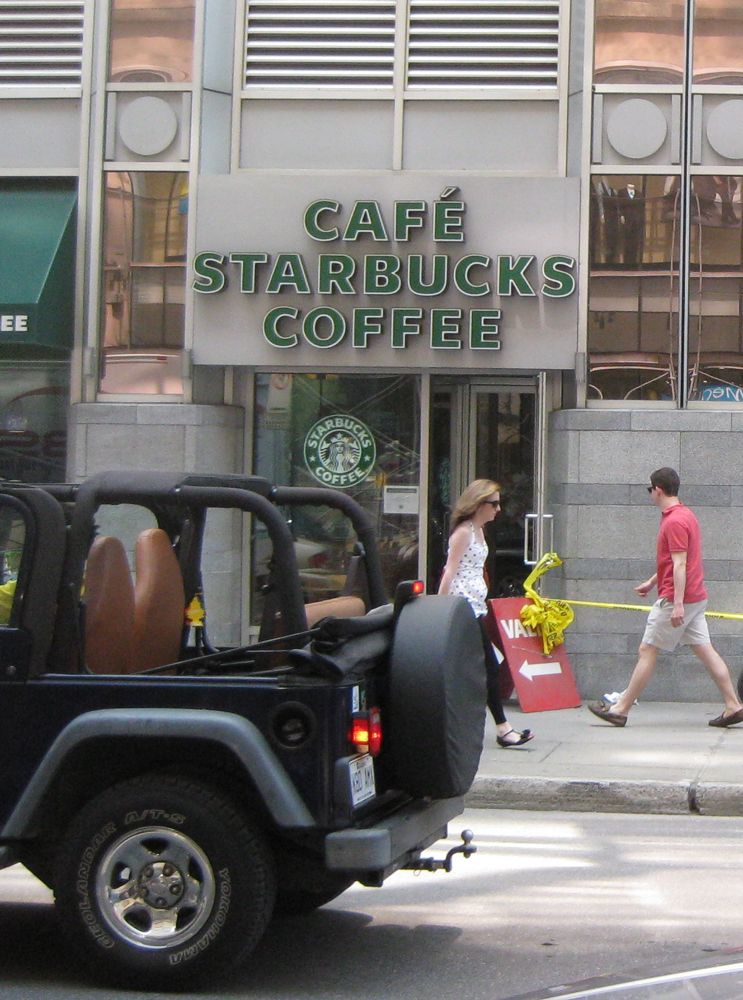
Speaking of Montreal though – pardonnez moi, Montréal – that place is a linguistic mess. Do they speak French? Do they speak English? The answer is no. I began every conversation in French. The average Joe on the street would immediately switch to English. Why? Because even if you speak beautiful Continental French, it is so very different from the French spoken on the streets of Montreal that you immediately identify yourself as an outsider who there’s no point in humoring. And, truth be told, you can’t understand a word they say anyway.
Par contre, if you go into the classier districts of the town, the people speak a much cleaner, more metropolitan version of the language, and they are glad to speak in their native tongue. So, good for them.
The bilinguistic situation does cause some unintentional humor (see above). I mean, if I’m French, do I really need to see the word “Hôtel” underneath the word “Hotel” to know where the hotel is?

The second part of the week I spent in New York – Baldwin, Long Island, to be precise. I was there conducting a premiere of a piece that I wrote for my friend Scott, who runs, hands-down, one of the best high school music programs in the country. What’s even cooler is the fratty atmosphere that he cultivates in his department. The students play well, hang out, and just really get into music.
But no trip to New York would be complete for me without a pilgrimage to the grave of Leonard Bernstein. He’s buried in Green-Wood Cemetery (which, should be noted, has a surprisingly hipper-than-I-would-have-thought web site). It’s a gorgeous location, somewhat deep in the heart of Brooklyn.
This was my fourth such trip, but the third accompanied by my friend Eric Benson. We usually make a day of our excursion to the cemetery – Sunset Park is a great place to get Vietnamese sandwiches – and revel in taking pictures of ourselves in semi-erotic poses at the grave site:
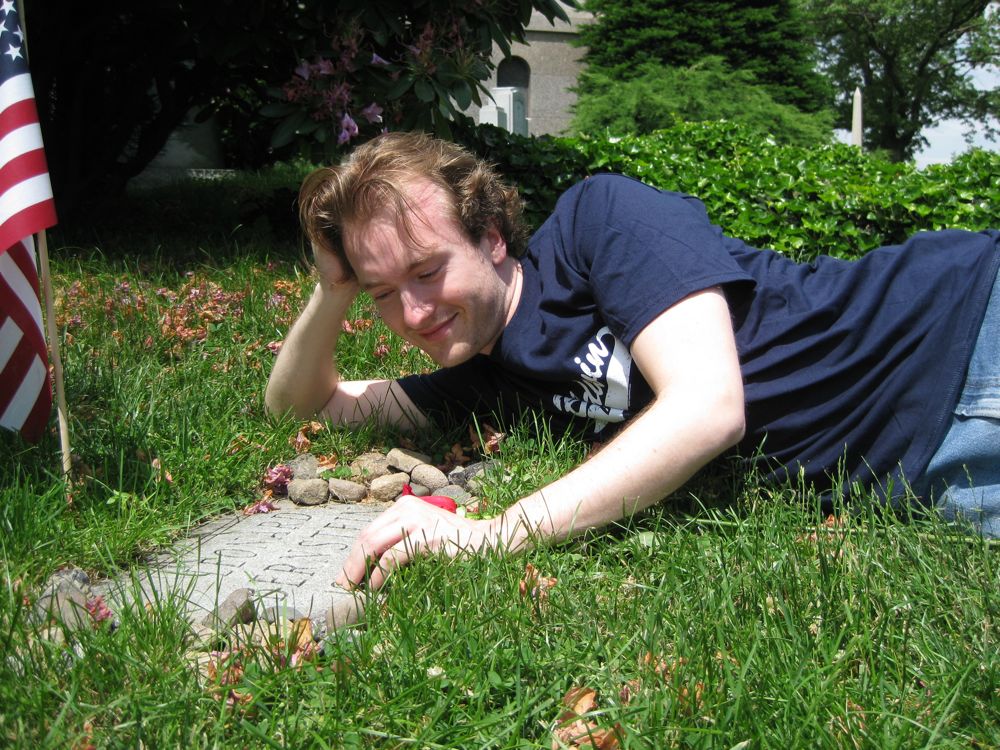
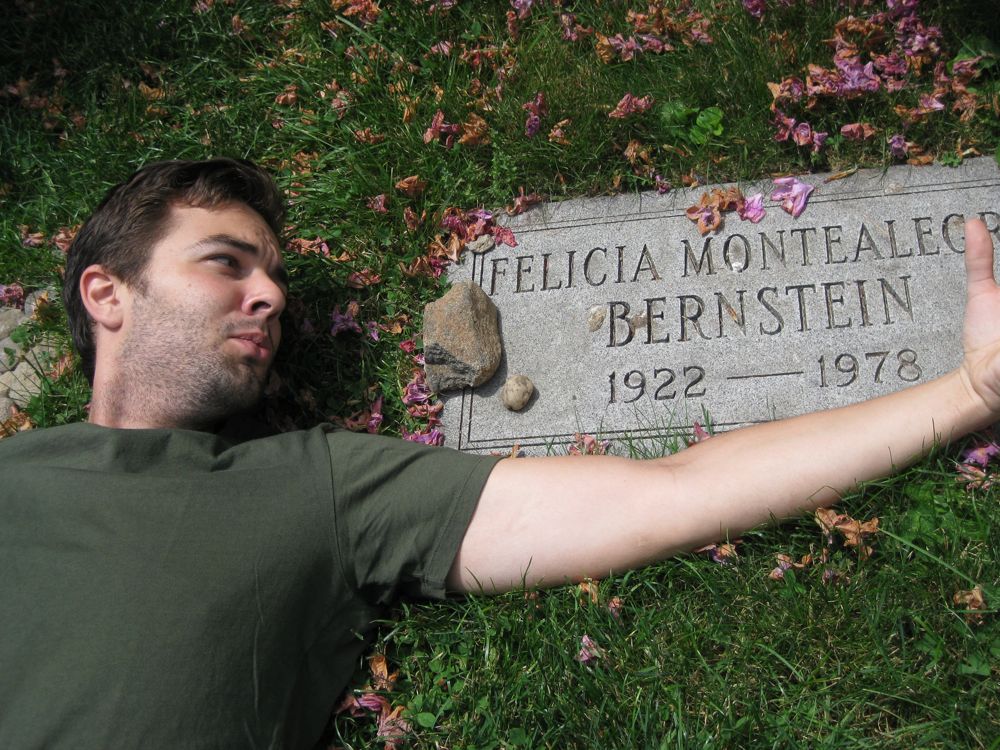
I always bring a single red rose for Lenny – it savors more of the jilted lover than a bouquet. I also make it a habit to move one of the rocks on Lenny’s tombstone to Felicia’s, because honestly, it’s the least she deserves.
This was a special trip to Green-Wood though, because Eric and I stumbled upon one of the ponds that dot the cemetery grounds. Now came the big surprise – there were four 50 lb. snapping turtles swimming in the pond!!

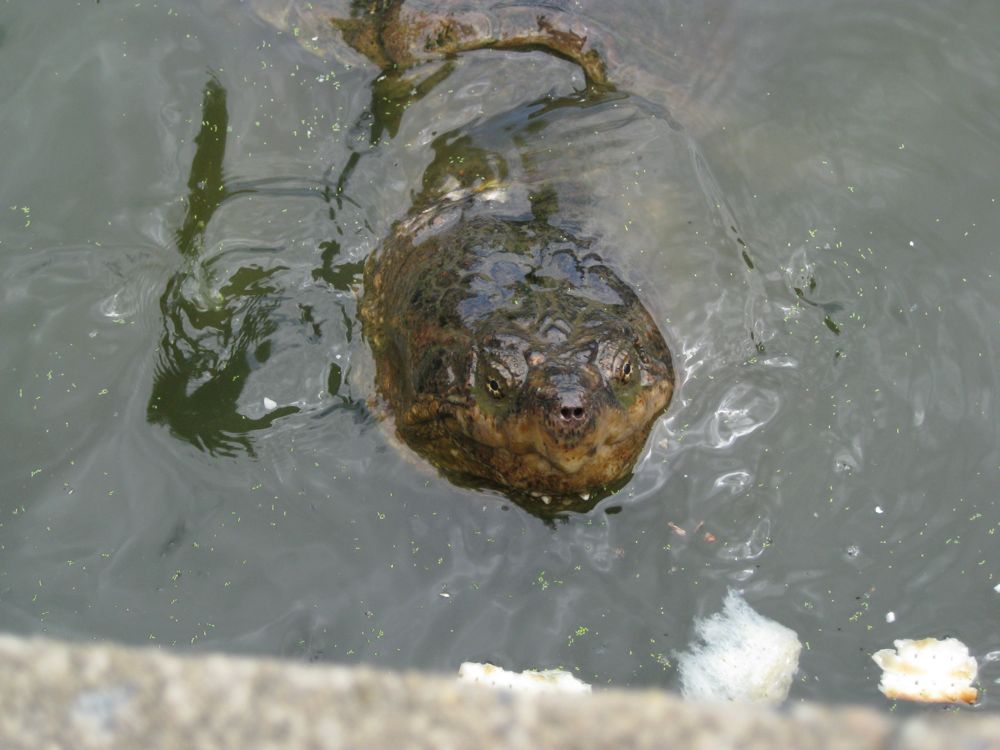
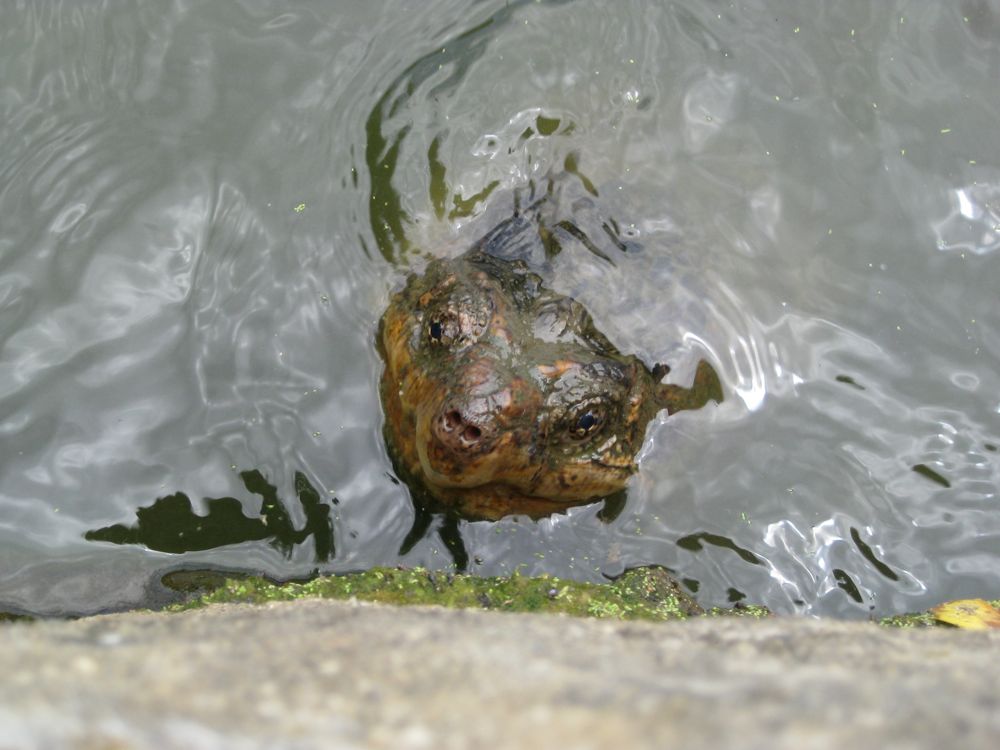
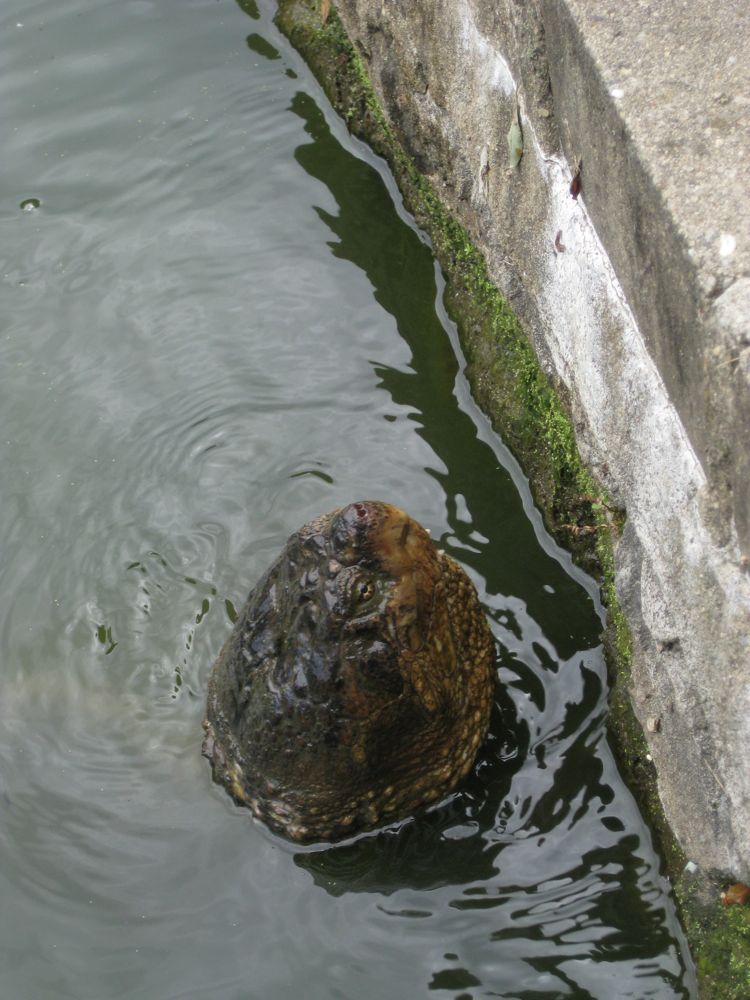
These turtles were sufficiently Mothra-esque to give one pause, living as they were at a cemetery. But then the fauna just got weirder, because we went to another pond, and met the most Lynchian duck of all time. This one little duck was all alone by itself, just walking around. It quacked its beak off to get our attention:

It seemed to be telling us something – like it wanted us to follow it!
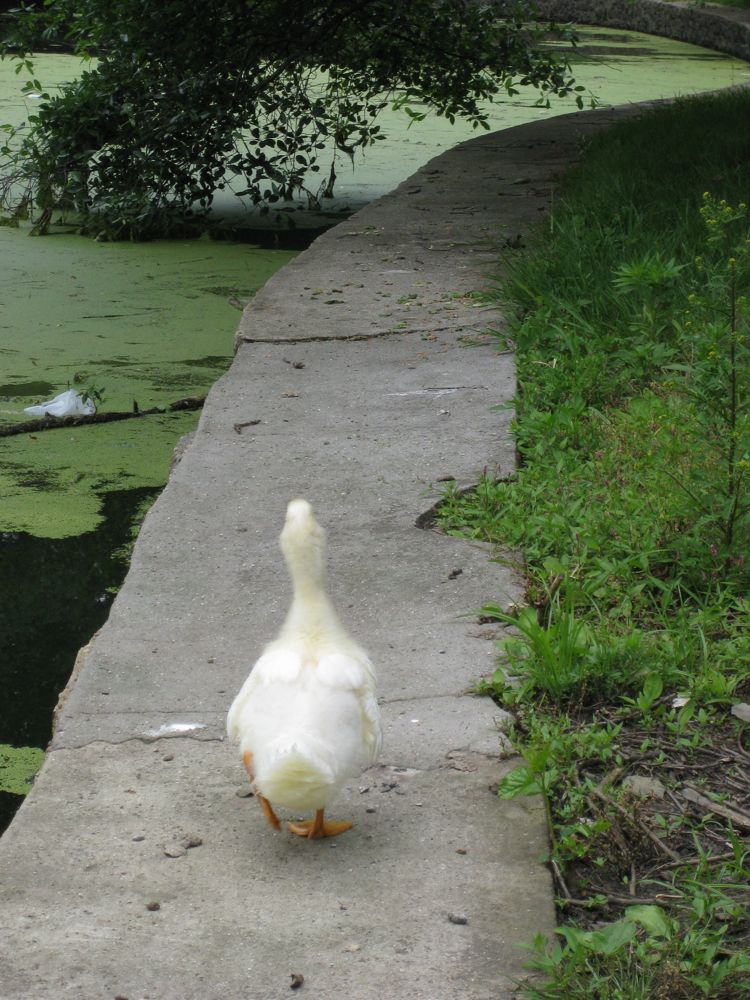
It perched itself on the edge of the pond,
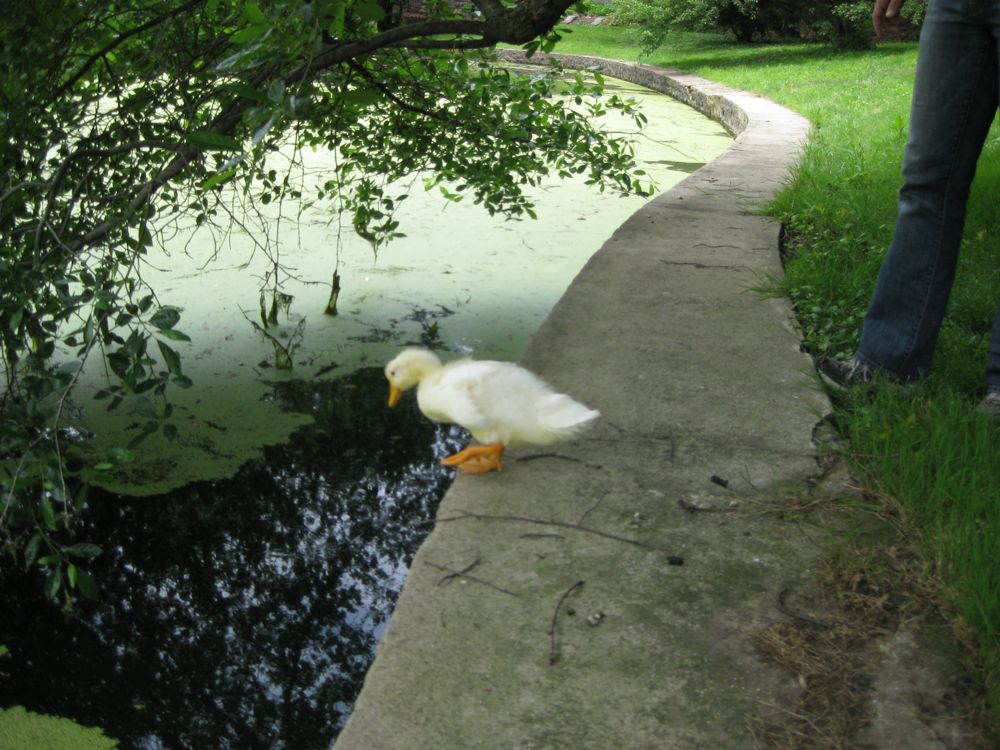
and then dove into the water!
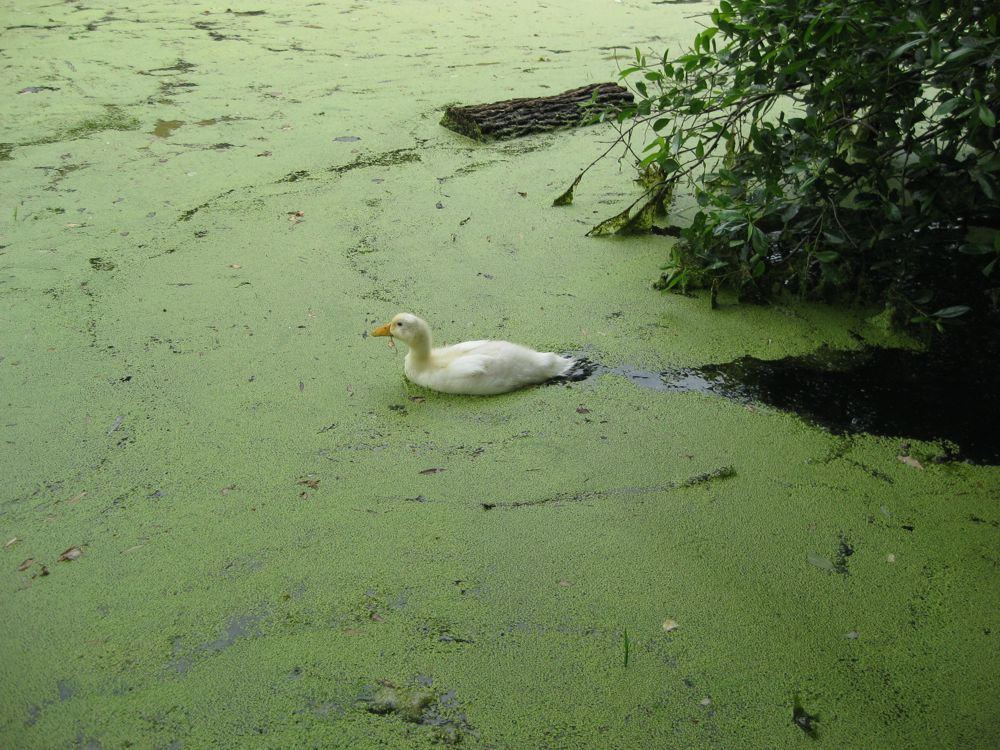
Which was where we drew the line (for the obvious reasons – I mean, that has got to be the scummiest pond in Christendom.) OK, so a duck dives into the water. But the quacking. I cannot understate the poignancy and urgency of the quacking. I have never met a duck that seemed to have such an agenda. I think there is something going on with the fauna at Green-Wood Cemetery, and this duck wanted us to know about it.
Unfortunately, it was quacking in Canadian French.
ZING!
